Having a pet is like having a best friend who doesn’t talk back when you vent about your day, but that doesn’t mean they’re not communicating with you. Pets have an amazing ability to convey their feelings, needs, and even their opinions without uttering a single word. Whether it’s the wag of a tail or the tilt of a head, there’s a lot going on when your pet is “talking” to you. Let’s dive into the fascinating ways our furry (or not-so-furry) friends communicate.
1. The Tail Tells A Tale
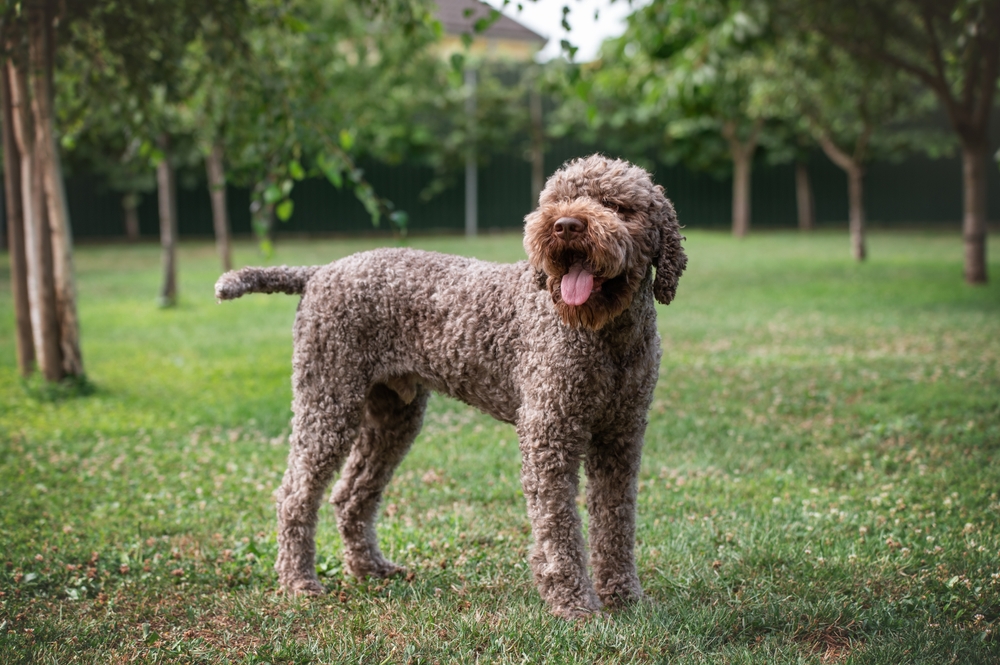
If you’ve ever watched a dog at the park, you’ve probably noticed that their tail is a communication powerhouse. A wagging tail can mean happiness, excitement, or even nervousness, depending on the speed and direction of the wag. If their tail is upright and wagging quickly, they’re likely thrilled about something. But if it’s tucked between their legs, they’re probably feeling scared or anxious. Cats, on the other hand, have a more subtle approach. A flicking tail could mean they’re annoyed, while a high-held tail often signals confidence.
In fact, tails are so expressive that they might even convey a complex mix of emotions at once. In wolves, a slight wag with a lowered tail can indicate submission combined with excitement. We might not have tails ourselves, but understanding these cues can make us better companions. So, next time you’re with your pet, take a moment to interpret the story their tail is telling.
2. The Eyes Have It

You know the look—the one your pet gives you when they’re plotting something, like sneaking a treat. Dogs use their eyes to convey a range of emotions. Direct eye contact can sometimes be a sign of aggression, but in a familiar context, it usually means they trust you. Those puppy dog eyes you can’t resist? They’re a calculated move to win your affection and maybe a snack. Cats are a little craftier. According to AKC, dogs use eye contact to express emotions, and those irresistible “puppy dog eyes” are often a way to gain your affection or attention.
Moreover, dilated pupils can indicate excitement or fear in both dogs and cats. Paying attention to their eyes can help you gauge their mood. When you’re tuned into these nonverbal cues, you’ll find that there’s a whole conversation happening right in front of you, and it’s pretty amazing to be a part of it.
3. Ears Up For Attention
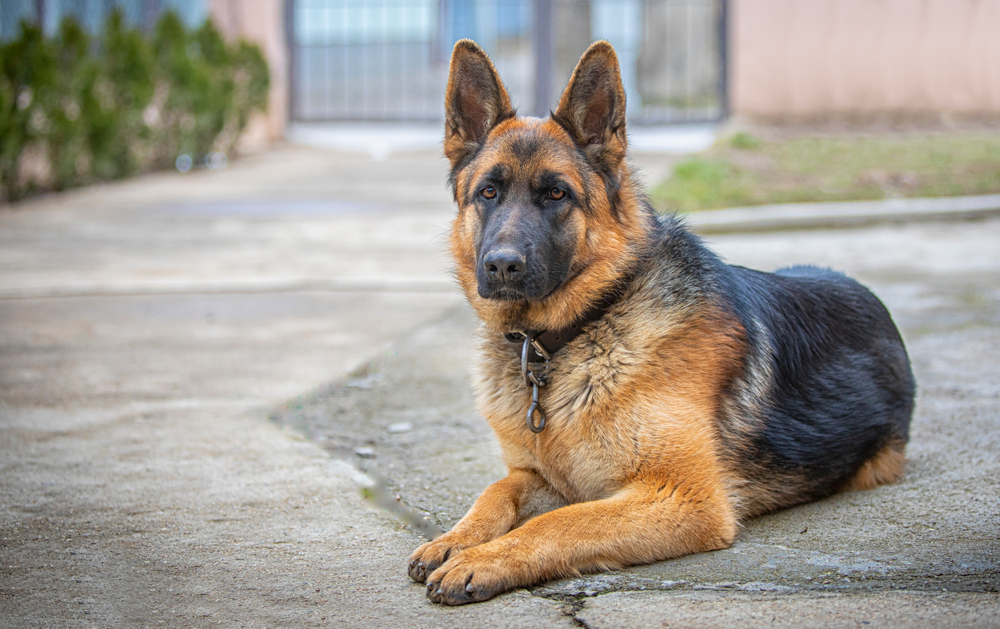
Think of your pet’s ears as antennae, picking up signals and sending messages. Dogs with pricked ears are paying attention, possibly ready to spring into action. If their ears are flattened against their head, they might be feeling scared or submissive. Cats have an incredible range of ear movements. As noted by PetMD, dogs, and cats use ear positions to communicate their feelings, with pricked ears signaling curiosity and flattened ears indicating fear or submission.
The angle and movement of ears can change the entire “sentence” your pet is conveying. Just like how we raise an eyebrow, pets move their ears to emphasize their feelings. So next time you’re trying to figure out what your pet is “saying,” take a look at their ears—they’re more expressive than you might think.
4. The Language Of Licks
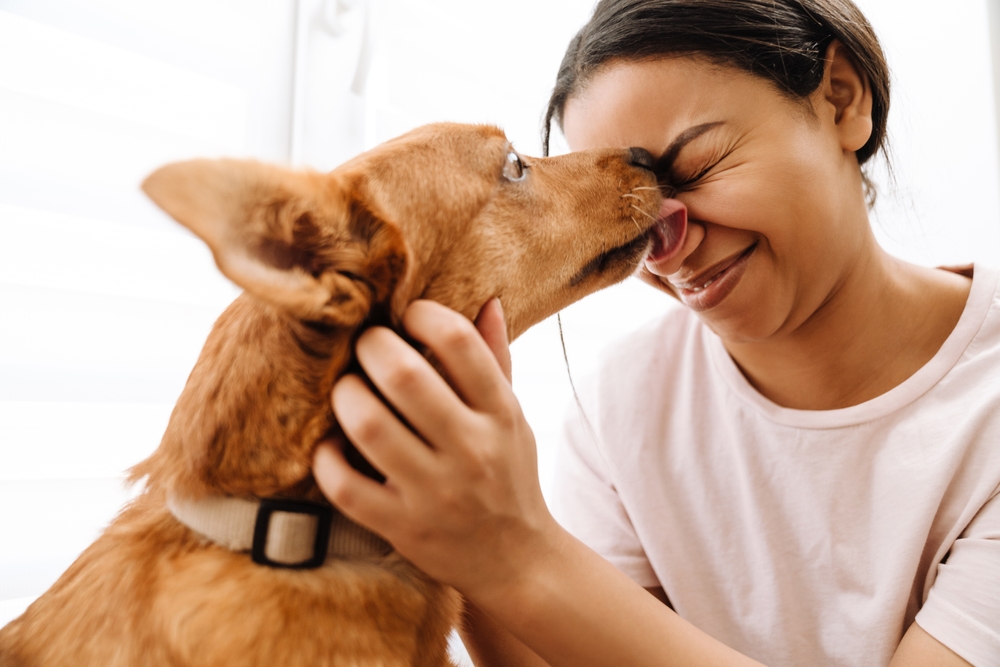
A pet licking you is often seen as a sign of affection, but it can also be a request or a response to stress. Dogs might lick to show their love, or they could be trying to tell you they’re hungry. Sometimes, it’s just because they like the taste of lotion on your skin! Cats, on the other hand, might give you a quick lick as a grooming gesture. It’s their way of integrating you into their family.
Licking can also be soothing for pets, and they might do it to calm themselves down in stressful situations. Observing when and why your pet licks can offer insight into their emotional state. Whether it’s pure love or a need for reassurance, those licks are communicating something important.
5. The Purr-fect Soundtrack
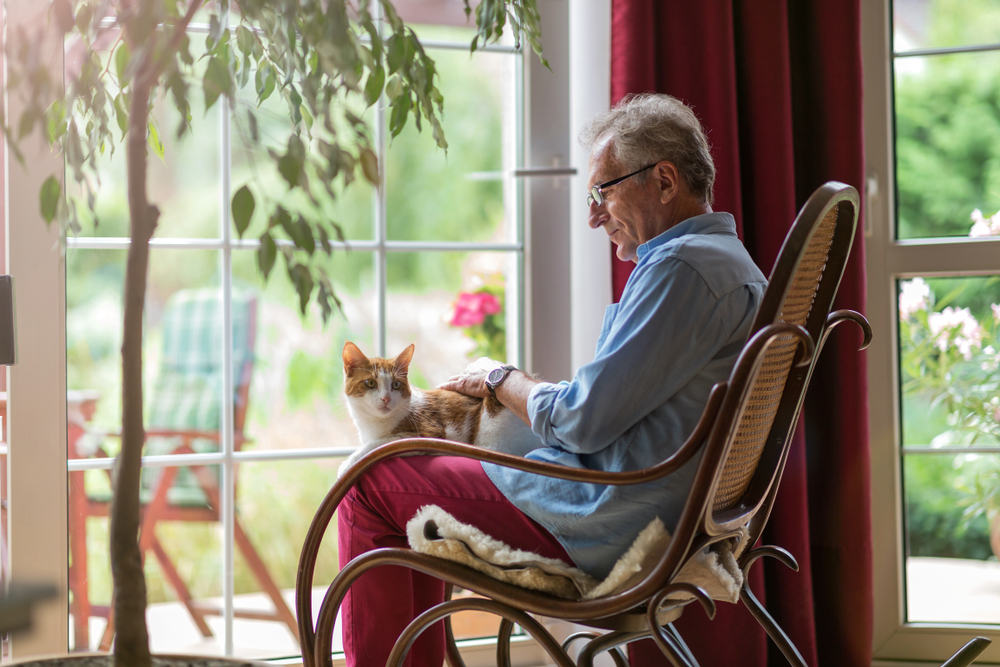
Cats have this magical ability to purr, and while it’s often associated with contentment, there’s more to it. A cat’s purr can be a self-soothing mechanism, which they might use when they’re feeling anxious or unwell. It’s also believed that purring can promote healing, acting as a tiny, built-in therapy session. When your cat curls up and purrs on your lap, it’s usually their way of saying they’re happy and comfortable with you.
Purring can also be a sign they’re asking for something, like food or attention. The frequency of a purr can change, depending on what they want. So, when your cat is purring, they’re “talking” to you in their own unique way, and it’s up to you to listen carefully to the subtle changes in this feline language.
6. Barking Up The Right Tree
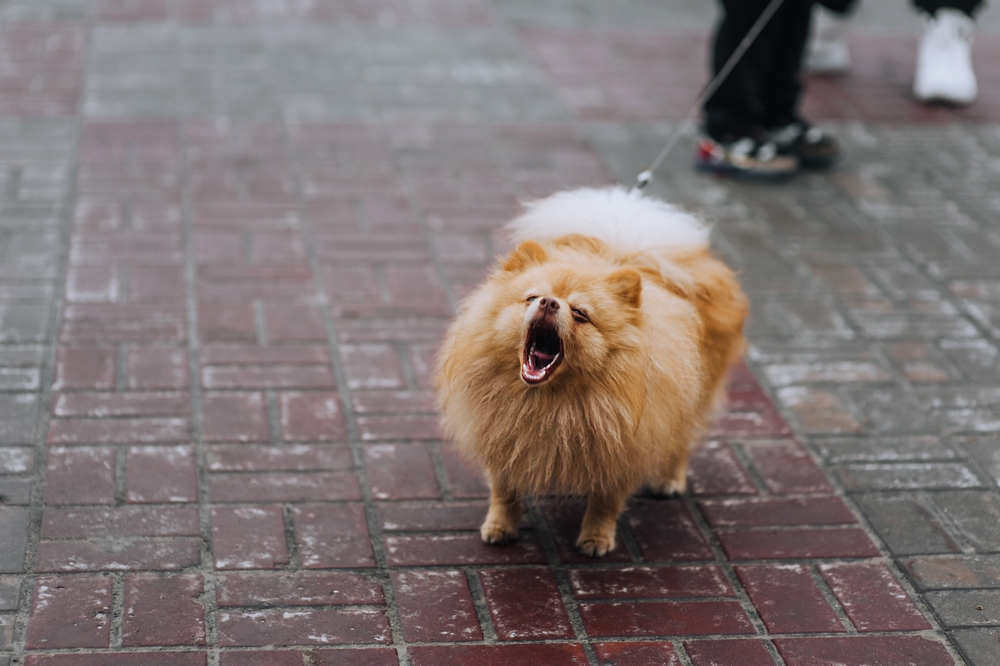
Barking is one of the most obvious ways dogs communicate, but not all barks are created equal. A high-pitched, rapid bark often indicates excitement or a request for play. Conversely, a low, slow bark might be a warning or a sign of discomfort. Some dogs have a specific bark reserved just for greeting their favorite humans. Context is key, and paying attention to the situation can help you decode the message.
For dogs, barking is like chatting on a phone call—sometimes it’s an announcement, and other times it’s a dialogue. Understanding the nuances can strengthen your bond and make life together more harmonious. So next time your dog barks, try to “hear” what they’re really saying—it might just deepen your connection.
7. The Power Of Body Language

Your pet’s overall posture can speak volumes about their emotional state. A relaxed dog with a wagging tail and soft body is happy and comfortable. However, a tense body and rigid posture might mean they’re on high alert. Cats often use an arched back and puffed-up fur to signal fear or aggression. A casual, sprawled-out pose on the other hand is a sign of trust.
Pets use their entire bodies to communicate, almost like a physical language that requires no words. Being observant can clue you into what’s going on in their world. By understanding these signals, you’ll be more equipped to respond to their needs and emotions effectively.
8. Vocal Variations And What They Mean

Ah, the sweet sound of your pet “talking” to you through their unique vocalizations. Dogs use an intriguing mix of barks, whines, and growls to express themselves, each with its distinct meaning. A whine might mean they’re feeling anxious or that they want your attention. Growls aren’t always aggressive; sometimes they’re just sharing their discomfort or setting boundaries. Cats, on the other hand, have a wide range of meows—from the short, sweet chirp when they’re happy to longer, drawn-out meows when they’re demanding something.
Both dogs and cats have a sort of “vocabulary” that can clue you in on their needs and feelings. Once you’ve spent enough time with them, you’ll start to understand these subtle variations as their personal language. Being attentive to these sounds can improve communication and boost the mutual understanding between you and your pet.
9. Paw-sitive Gestures
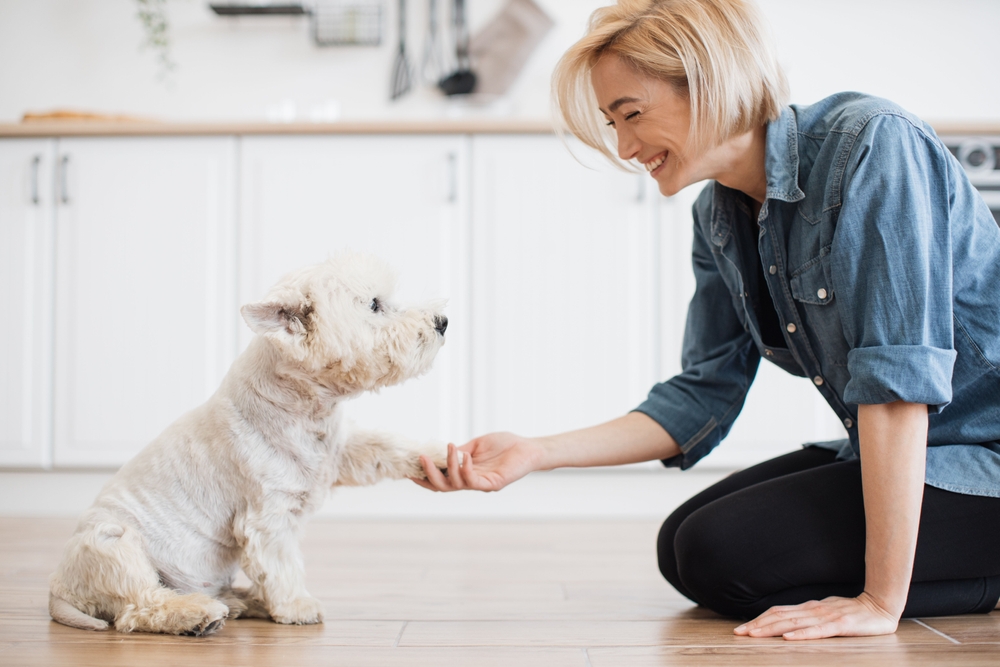
Ever notice your dog offering their paw as if they’re saying, “Nice to meet you”? This gesture often signals a request for attention or treats. Dogs use their paws to communicate, whether it’s patting your leg to get you to play or scratching at the door to go outside. Cats, too, have their version of a high-five. A gentle tap with their paw can be a playful invitation or a demand for your attention.
These paw-sitive gestures are like little nudges, reminding you that they have something to say. Observing these movements can tell you a lot about what your pet wants or needs. So, the next time a paw comes your way, consider it an open invitation to a conversation in pet-speak.
10. The Silent Treatment

Sometimes, your pet’s silence speaks louder than words. A dog that’s unusually quiet might be feeling under the weather or stressed. Similarly, a normally vocal cat that suddenly goes silent could be telling you something’s wrong. This shift in behavior can be a red flag, signaling it’s time to pay closer attention to their needs.
Silence can be powerful, and recognizing this shift is crucial for a healthy relationship with your companion. It encourages you to be observant and proactive. Acknowledging their silence can sometimes tell you more about their well-being than their usual behaviors.
11. The Nose Knows Best
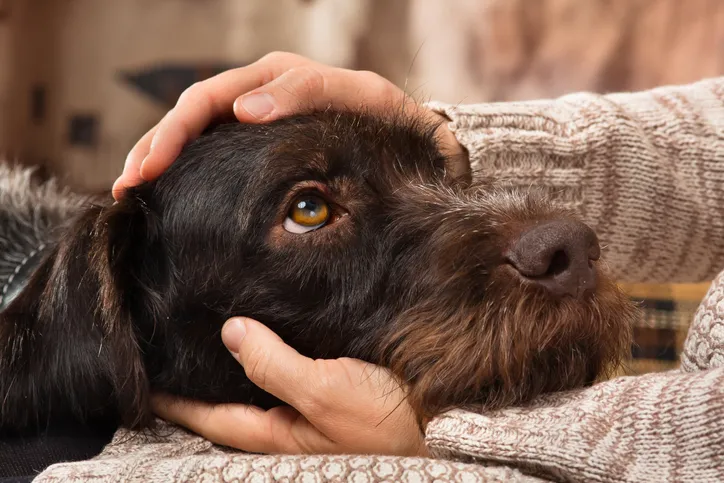
Pets use their noses for more than just sniffing out hidden treats. A dog’s nose might nudge you gently as a sign of affection or encouragement. Cats may use their noses to “bump” you as a friendly gesture, marking you with their scent and accepting you as part of their family. This simple action can communicate a wealth of emotions and intentions.
Their noses are incredibly sensitive and can even pick up on changes in your mood or physical health. If your pet seems particularly interested in your scent on a certain day, they might be picking up on something you’re not even aware of. So next time your pet gives you a nudge or a bump, appreciate the deeper connection they’re fostering through these tactile gestures.
12. Playful Antics To Make A Point
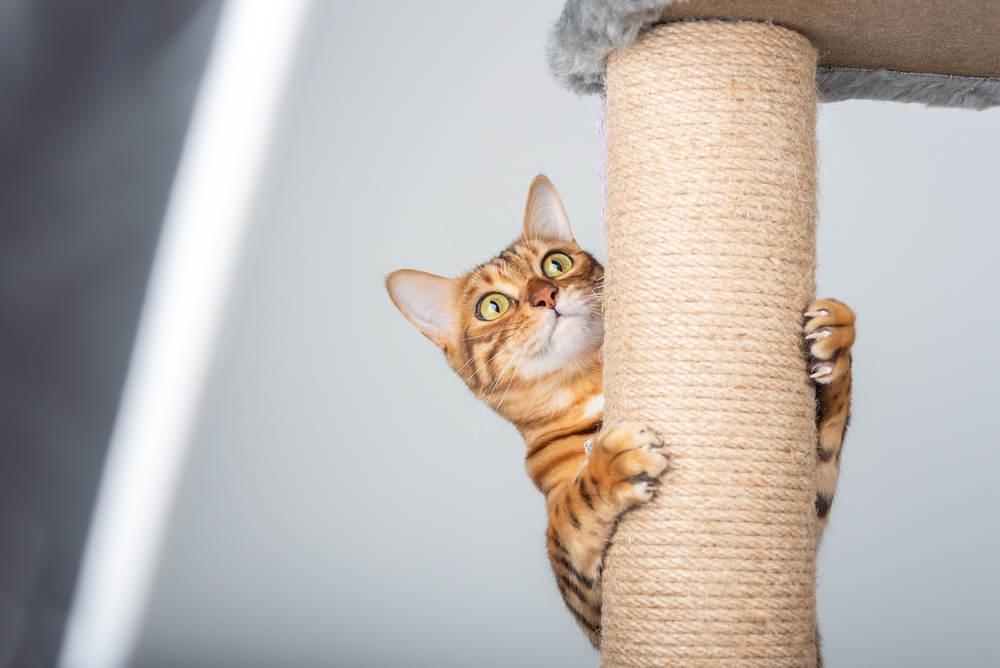
When your pet engages in playful antics, they’re doing more than just having fun. Dogs might bring you their favorite toy, signaling they want to play and bond. Cats might dash around the house at 3 AM, burning off energy or showing they feel secure in their environment. These playful behaviors are often a sign of a happy and healthy pet.
Play is an essential part of communication between you and your pet. It strengthens your bond and provides them with mental and physical stimulation. By engaging in play, you’re responding to their needs and contributing to their overall well-being, proving that playtime is more than just fun and games.
13. The Soothing Art Of Grooming

Pets often use grooming as a form of communication. When a cat licks you, it’s their way of saying you’re part of their family. Dogs might groom each other to reinforce social bonds or show submission. It’s a soothing activity that can also signal contentment and trust in their human companions.
Grooming is both a personal and social activity for pets, offering insight into their relationships with you and others. When your pet grooms you or themselves in your presence, they’re sharing a moment of trust and comfort. Observing these interactions can deepen your understanding of their social dynamics.
14. The Comforting Lean
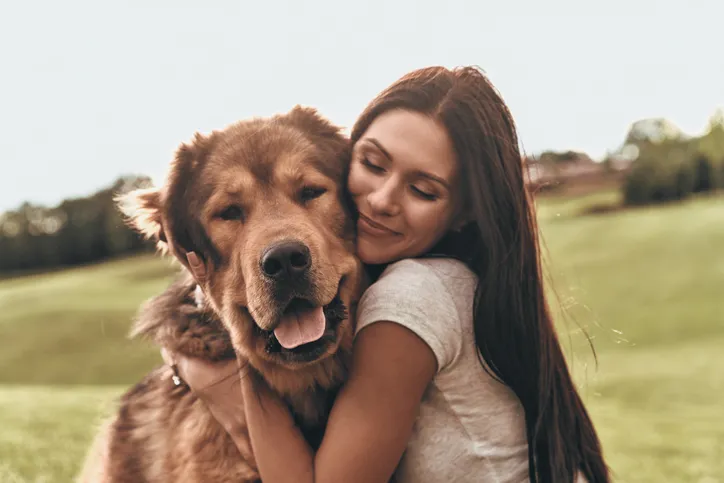
Ever had your dog gently lean into you? This simple act is a powerful form of communication. It’s a sign they trust you and find comfort in your presence. Cats, too, might curl up against you as a show of affection and security. This physical closeness is a testament to the strong bond you share.
Leaning is a form of contact that goes beyond words, fostering a sense of companionship and safety. When your pet leans into you, they’re expressing their emotional connection in the purest way. Embrace these moments of closeness, as they’re invaluable to your relationship with your furry friend.
15. The Rumble Of Delight
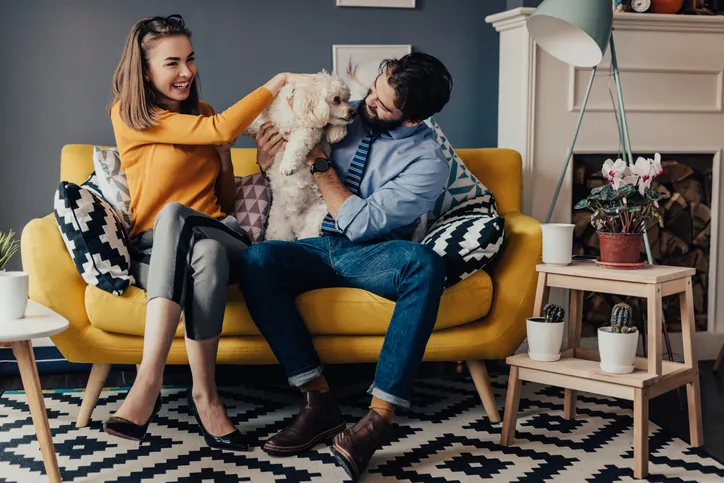
While barking, meowing, or purring are common, some pets have their unique vocalizations like the rumble. This sound can be a dog’s content grumble when getting a belly rub or a cat’s chirpy trill in greeting. These less common sounds are often reserved for special occasions or feelings and can be a delightful surprise when you hear them.
Recognizing these unique vocalizations can offer a deeper insight into your pet’s personality and preferences. Paying attention to the context and the sound can help you understand your pet’s emotions and needs. It’s another layer of their complex communication that makes living with them such a rewarding experience.
